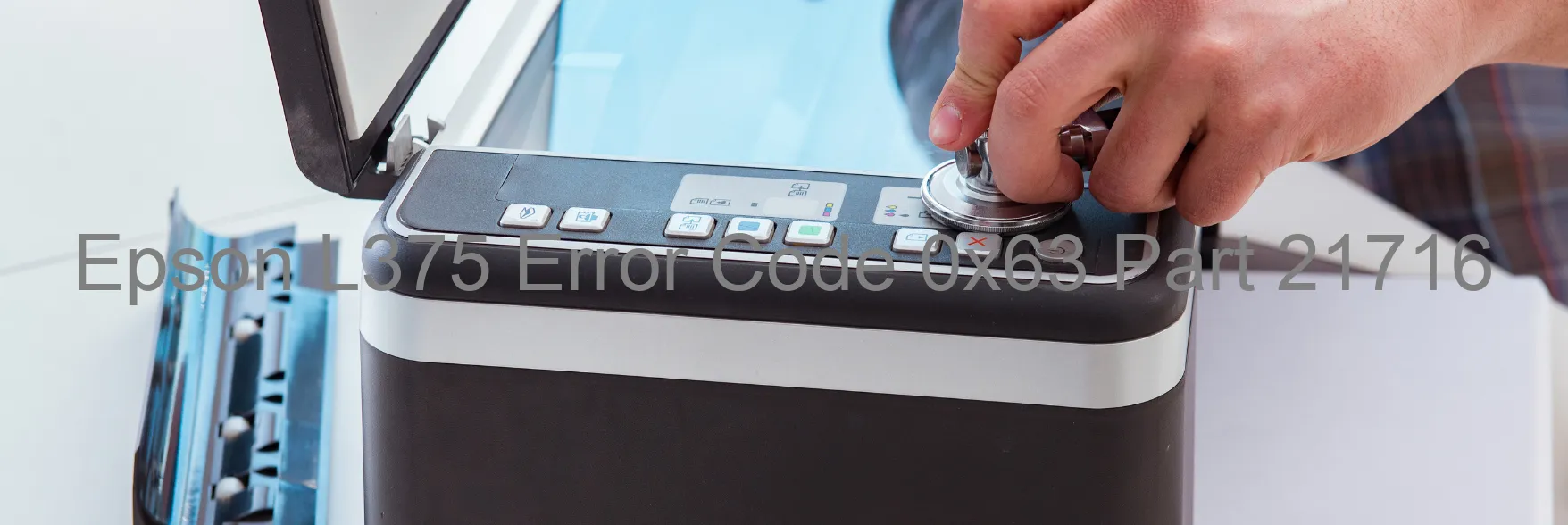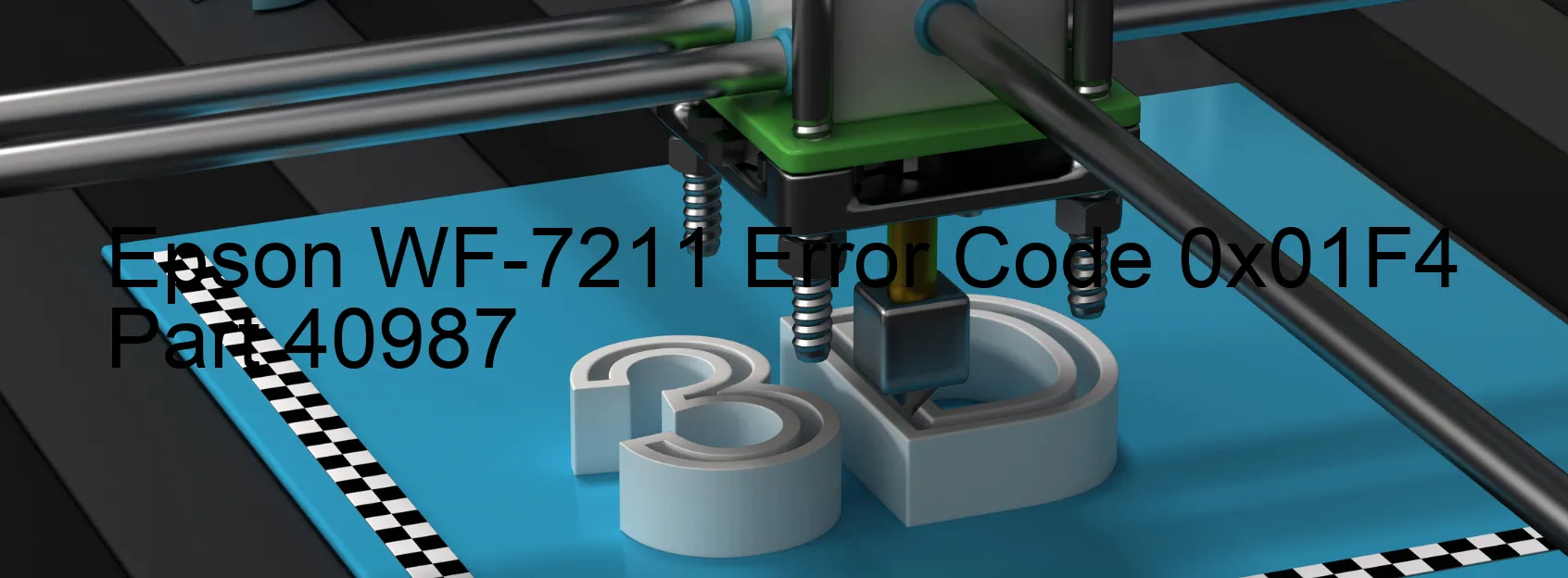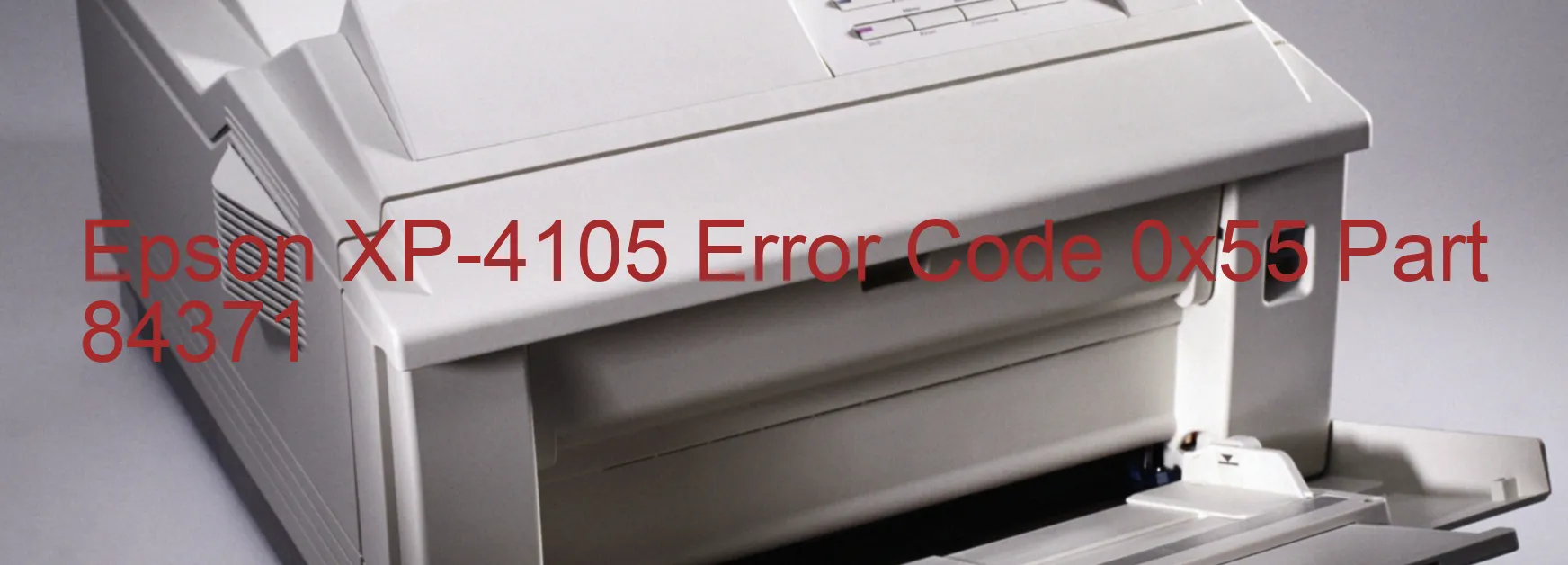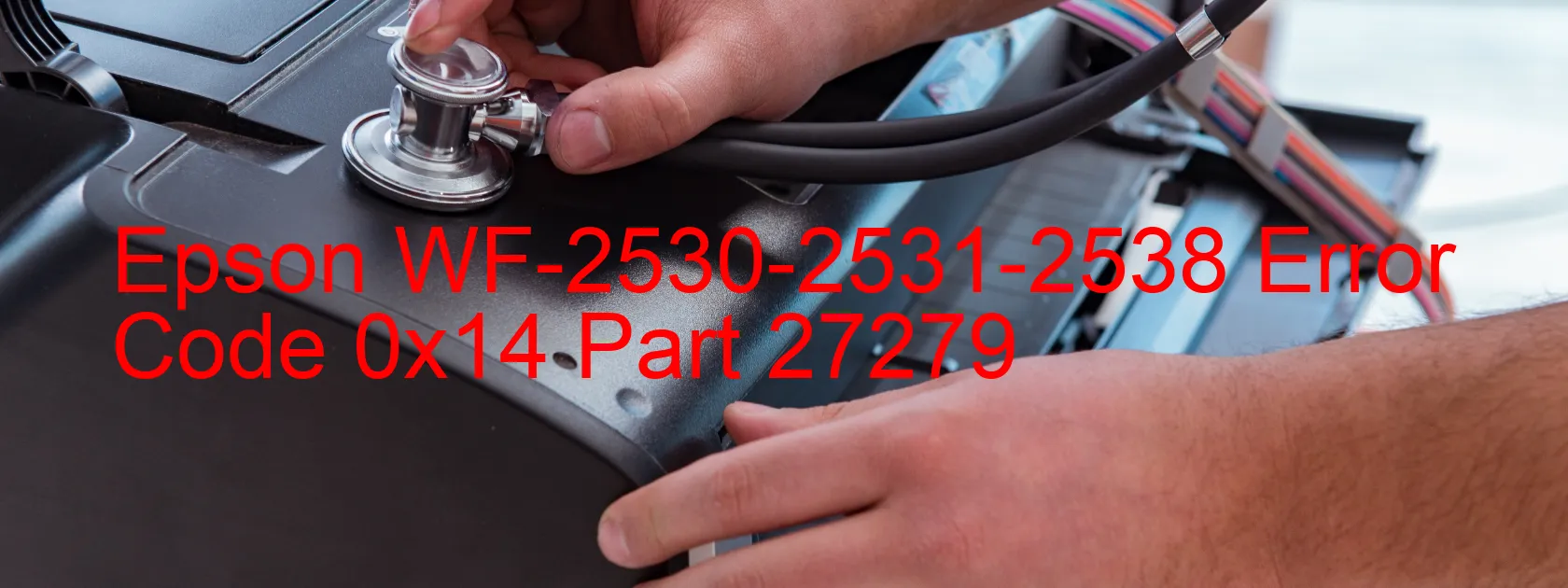Epson WF-8090 Error OxEA
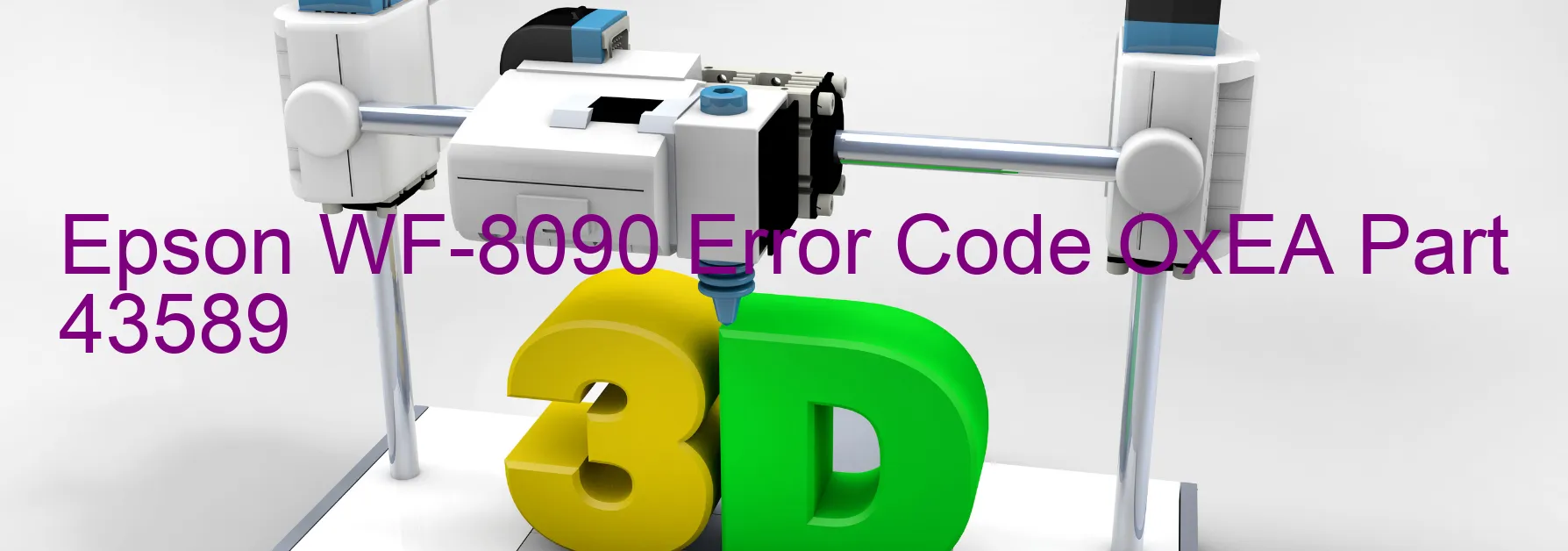
The Epson WF-8090 printer is equipped with an error code feature that helps users identify and resolve issues. One common error code that users may encounter is OxEA, which is displayed on the printer’s screen. This error code indicates a problem related to the CR load position.
There are several potential causes for this error. One possibility is an excess load error, meaning that the printer’s carriage is bearing too much weight. This can occur if the carriage becomes overloaded with larger or heavier materials. Another possible cause is a failure with the CR encoder, which is responsible for tracking the position of the carriage. If the encoder malfunctions, it can result in the OxEA error code. Similarly, a failure with the CR motor, which powers the carriage movement, can trigger this error.
In addition, issues such as carriage overload, tooth skipping, or improper tension of the timing belt can also contribute to the OxEA error code. These problems can occur if there is an obstruction in the carriage’s path, if the belt is worn or loose, or if the tension is not properly adjusted. Lastly, a cable or flexible flat cable (FFC) disconnection can also cause this error. If the connection between the printer’s components and the main board is disrupted, it can result in the OxEA error.
To troubleshoot this error, it is recommended to power off the printer and check for any obstructions or foreign objects in the carriage’s path. Inspecting the timing belt for proper tension and alignment may also be necessary. Additionally, ensuring all cables and FFC connections are securely attached can help resolve the error. If the issue persists, it is advisable to contact Epson customer support for further assistance.
| Printer Model | Epson WF-8090 |
| Error Code | OxEA |
| Display on | PRINTER |
| Description and troubleshooting | CR LOAD POSITION excess load error. CR encoder failure. CR motor failure. Carriage overload. Tooth skip or improper tension of the timing belt. Cable or FFC disconnection. |


